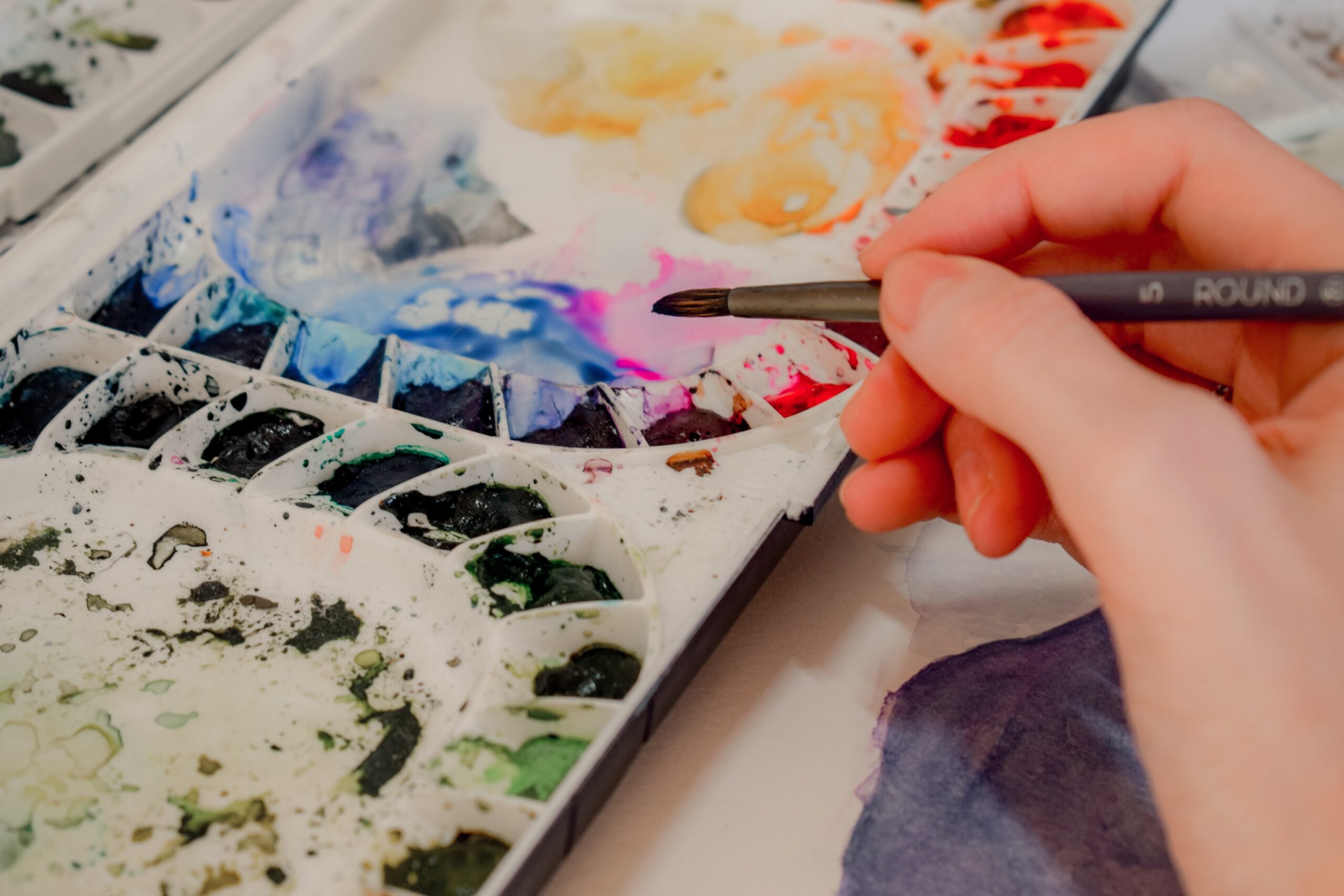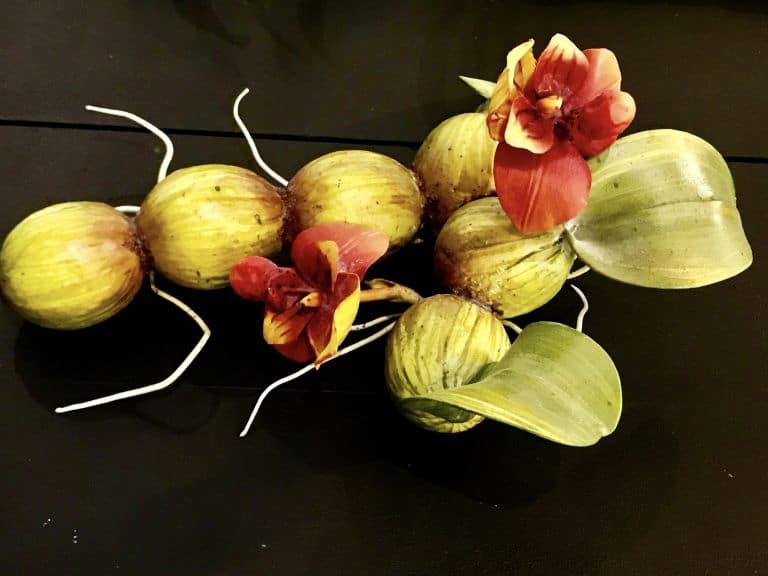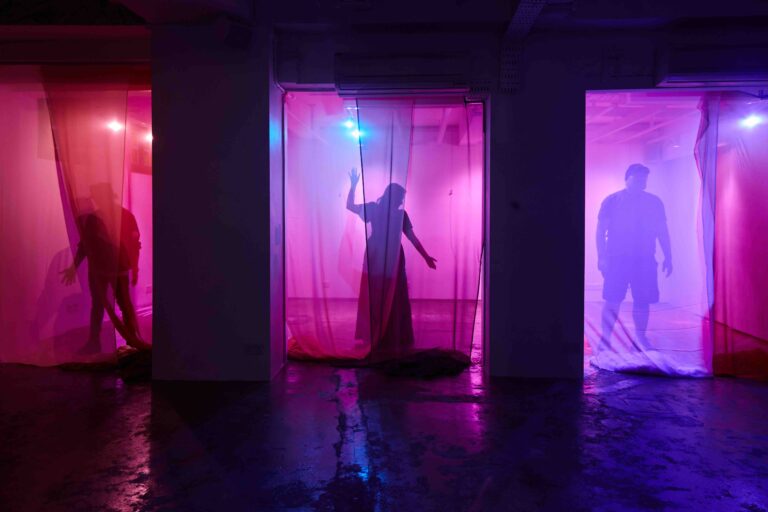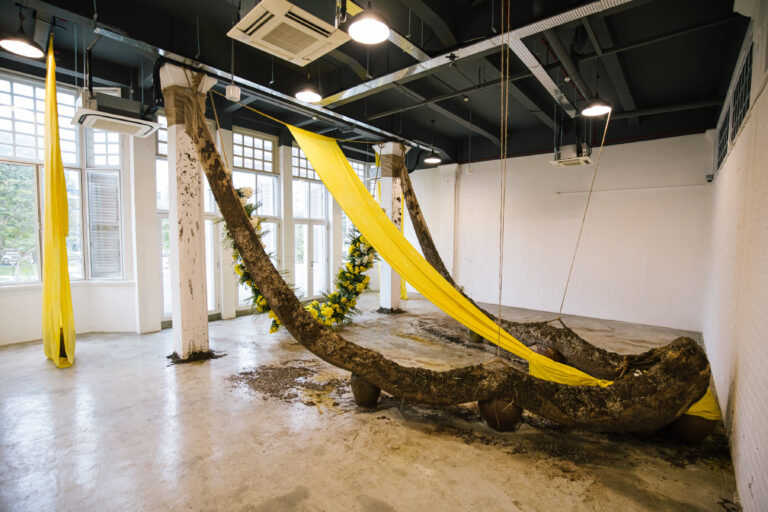I’m that teacher you either knew too well or have no idea about. Yep – I’m the art teacher.
Many years ago, as a young student, I assumed that all teachers were fully formed adults, people of authority who knew everything. They seemed so certain of themselves and of how the world worked.
Now that I’m a teacher myself, I’ve realised how ignorant I was.
In truth, teachers have no idea what’s going on either — we’re just exceptionally good at accepting the fact that life is full of uncertainty.
The day starts early for a teacher. I wake up around 6.30 am and compel myself to get out of bed. It’s not easy, given that last night I was woken up by a student asking questions about the upcoming exams.
I’ve been trying to set better boundaries so I deliberately blue-tick them, but it still kept me up for a while.
After I drop my bags off in the staff room, I greet my form class and take morning attendance. I banter with the students about the latest happenings in the world (and sometimes in the school), and then I leave the classroom as their first teacher of the day arrives.
Whoever the first-period teacher is, it’s rarely me. Art lessons are typically later in the day, so I spend my mornings planning and preparing for classes.
The trade-off of these quiet mornings is that my work day is usually long compared to other teachers. While those teachers can leave the school early once all of their lessons are done, I am usually in school well into the afternoon. Between CCA days and my Art classes, I’ve become used to being one of the earliest in and latest out of the school.
This morning we are doing our “regular” studio maintenance (though, honestly, every day is a battle against clutter). One of the main battlegrounds is the sink, which is always getting clogged with something — acrylic paint, bits of sponge, and fibres of uncertain origins.
I have an impromptu request for a consultation so I meet the student in the art room. We talk about a new direction for their coursework, which was inspired by a recent lesson on the art movement of Fauvism.
Theory and studio practice are both really important in the study of Art, which was what drew me to become an Art teacher.
As a student myself, I saw how studying art changed the way I thought about the world. Studying Art History allowed me to understand world history and current affairs, and making art with my hands was always a good way to forget about the other things happening in my life.
I end my consultation on the dot, apologise hastily to the student, and run off to attend a committee meeting.
The school is planning an annual event and I’ve been deployed to the planning committee for the second year in a row. This year, I stand my ground and insist that I’d like to do more than just make posters. Thankfully, they accepted my request.
On the way out, a colleague I don’t often talk to strikes up a conversation. They’ve got a student in their form class taking Art, and they’ve heard about the busy period coming up, so they wanted to know how best to support them, so we chat while walking.
It still surprises me that other teachers in the school don’t know what we teach for the subject. Many think that the subject is all about drawing, which is funny since it’s been decades since that was what Art education was all about.
But that’s nothing in comparison to some teachers, who openly doubt the relevance of the subject.
“What can they do after they study Art?” This question comes again and again, regardless of the fact that creativity, innovation and critical thinking are consistently cited as the most important skills for the future workplace.
Even as Singapore invests in growing the creative economy, and despite many generations of art students who have graduated into gainful employment in the worlds of visual arts, design, and architecture, the stereotype of the broke, starving artist is difficult to shake off.
The next item on my agenda is assessing students’ works with my fellow Art teachers.
Assessing Art is always difficult because of how subjective it can be. We use something called “norms”, which are samples of work that represent different levels of achievement. We compare student works against these norms, and debate amongst ourselves to find the most accurate result.
Finally, as the afternoon sun starts to dip, my lessons begin.
Today’s lesson is about the Nanyang Artists, an iconic group of artists in Singapore who took inspiration from around the region to create a distinctive new art style. Even though it’s a theory lesson, I’ve planned a hands-on component with Chinese inks, a key influence of the movement.
Students start streaming in from different places — some earlier than others. Having a smaller class means getting to know your students on a much closer basis, as compared to how you might encounter your other students in bigger classes. It’s easy to tell when someone’s not in the best headspace for class, so I take note to check in with them after class.
After my last lesson of the day, I return to my cubicle. It’s getting late but I need to recover some energy for the journey home.
As I sink into my chair, years of Teachers’ Day cards and letters paper almost every vertical surface around me. They’re fond memories, each a reminder that the day’s work is worth it.
After I reach home, my Whatsapp buzzes from an Art teacher group chat that I’m a part of. Someone’s got questions about an upcoming event — where is it and when is it? — they can’t find the email anymore.
Though it’s already 8pm, people respond within minutes. Some reference the email sender and others take pixelated photos from their government-issued laptops. Some light conversation follows, bemoaning the event’s poor timing and sharing stories from the day. The line between work and life blurs.
Over the years, I’ve observed a curious capacity in Art teachers to restlessly reinvent their identities — as dancers, artists, influencers, parents — as though it’s not sufficient simply being an Art teacher.
Each new rotation seems to renew focus on the core of our work, which is impacting the lives that reflect what we once were — young, naive, artistic children, trying to figure out how the world works.
____________________________________
Feature Image: Sarah Brown on Unsplash






















